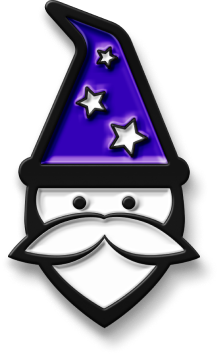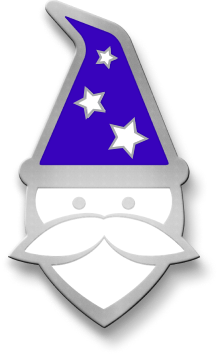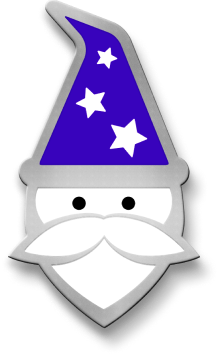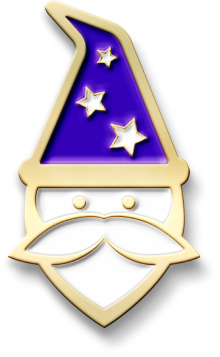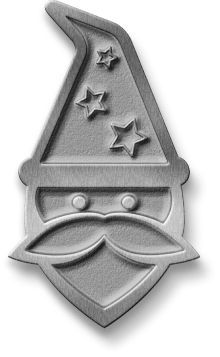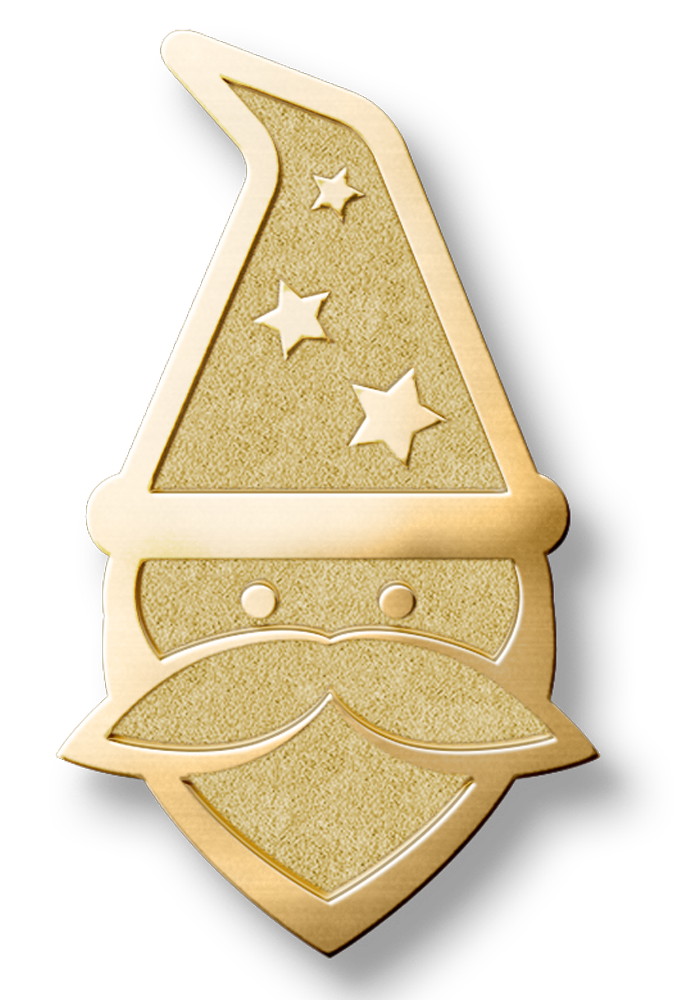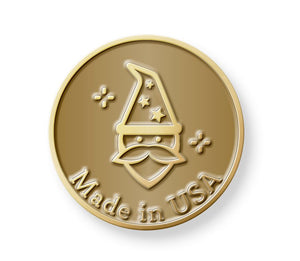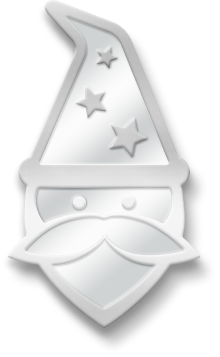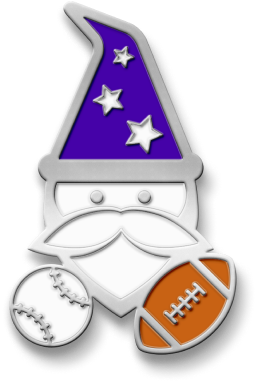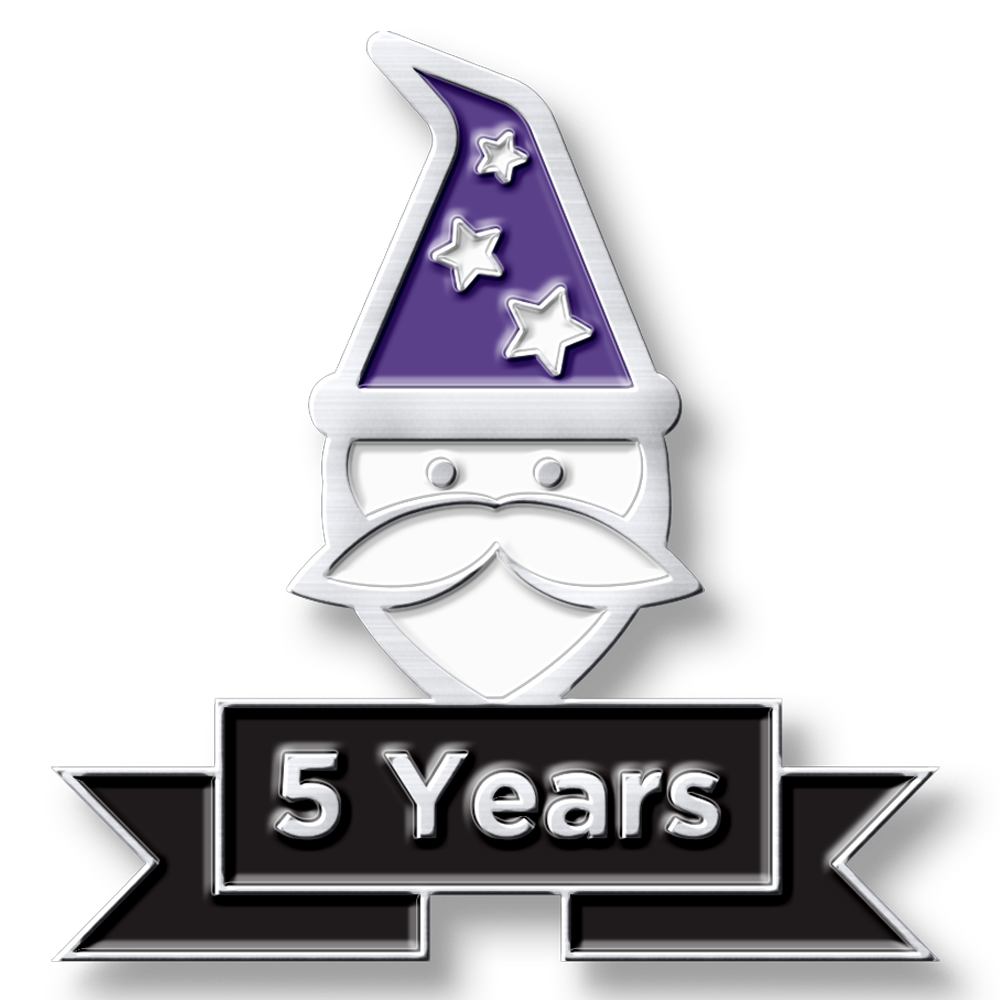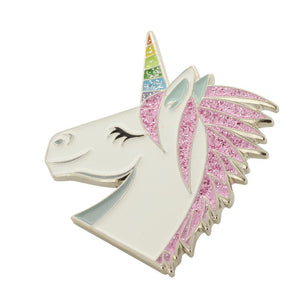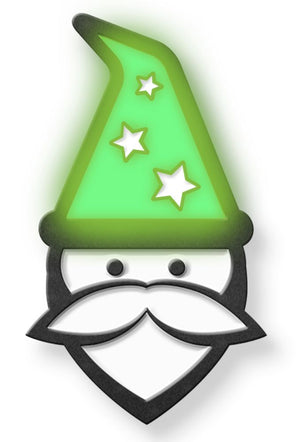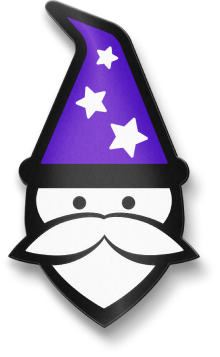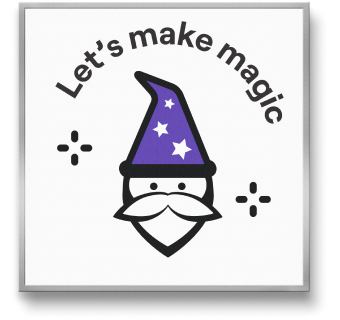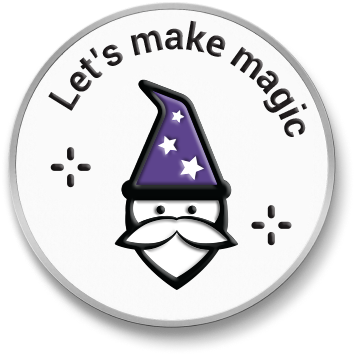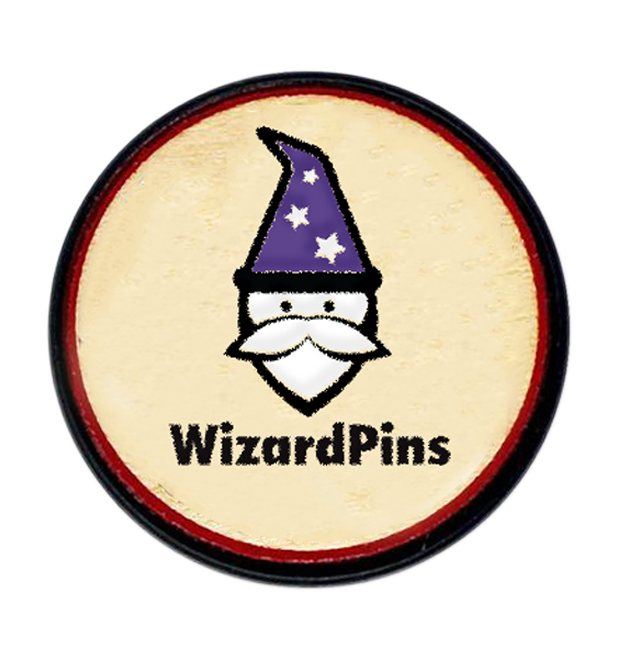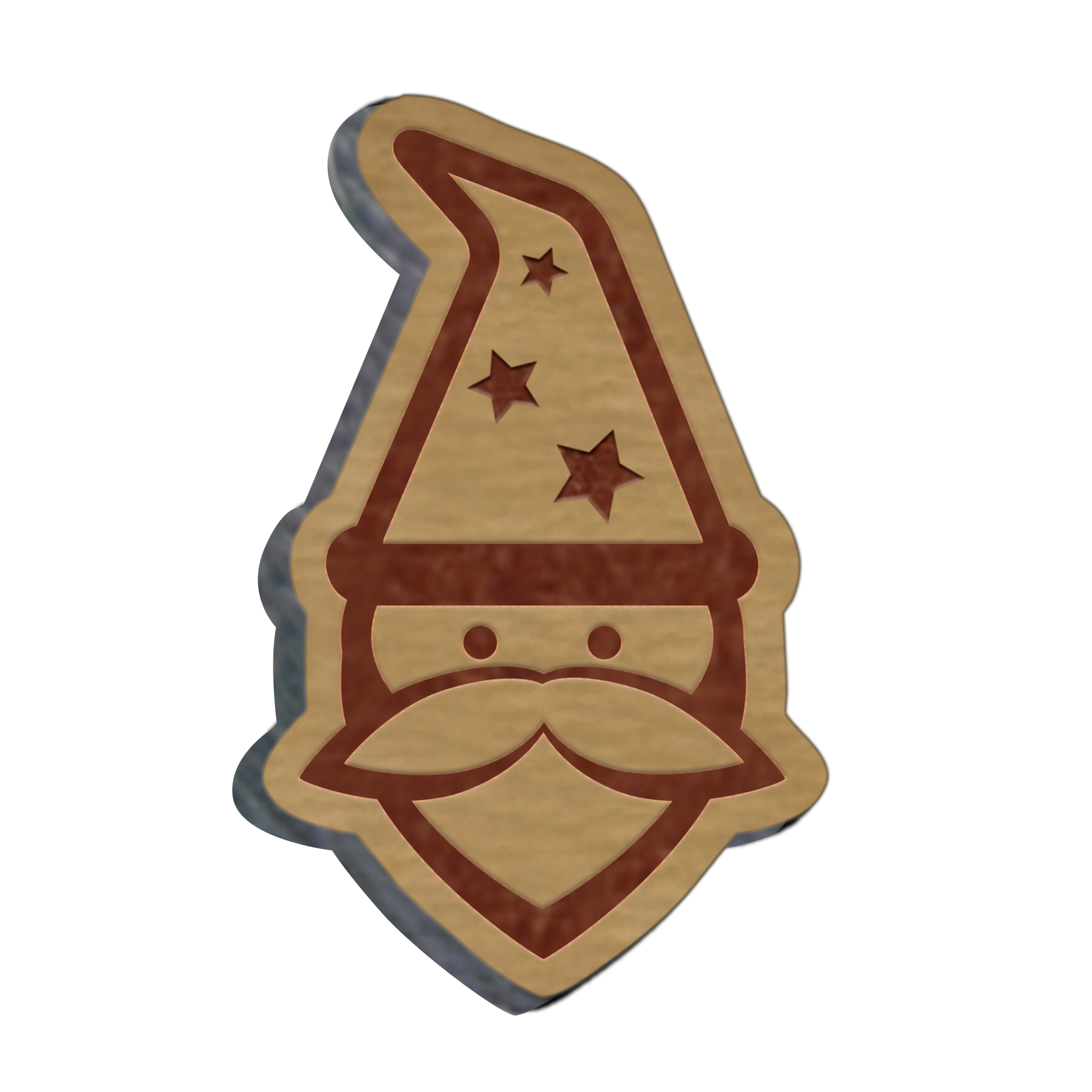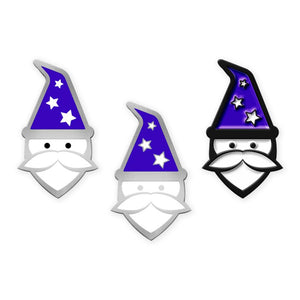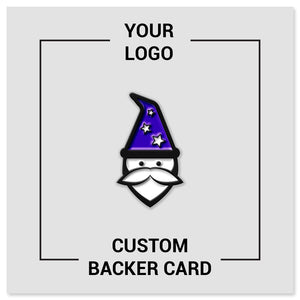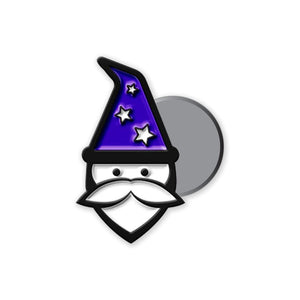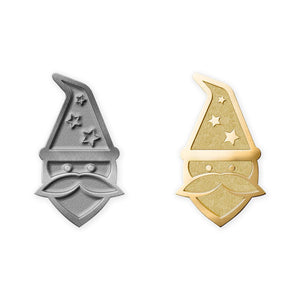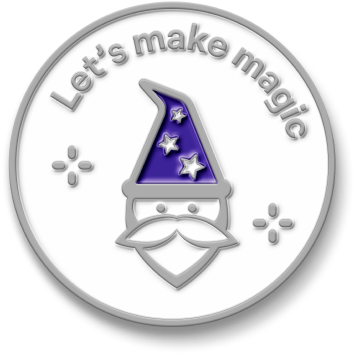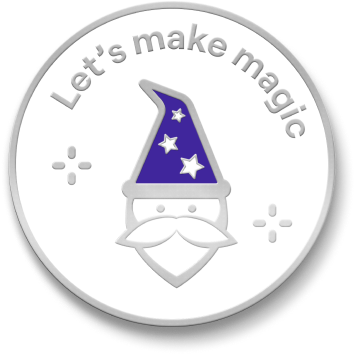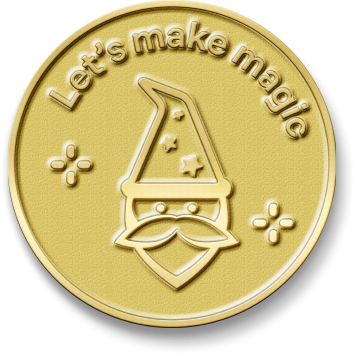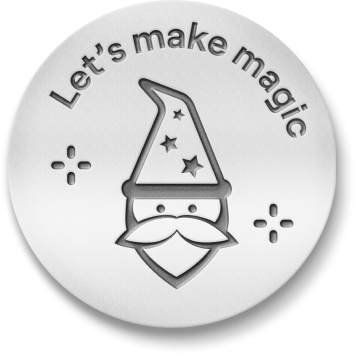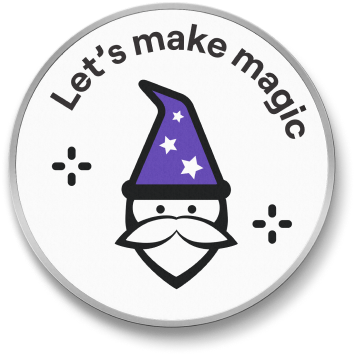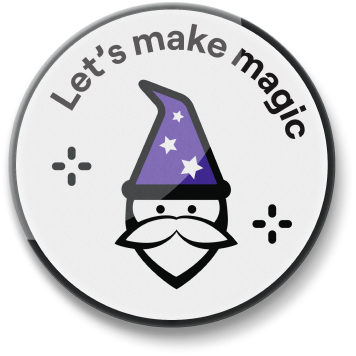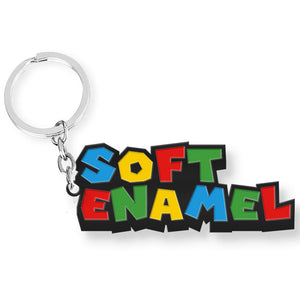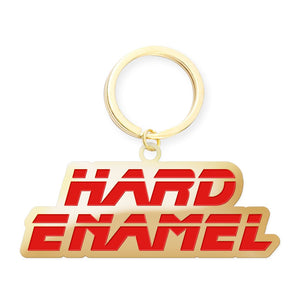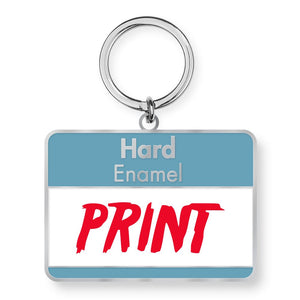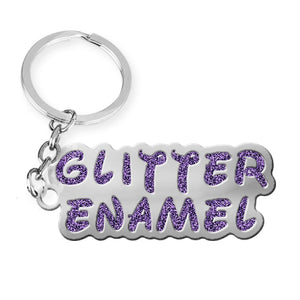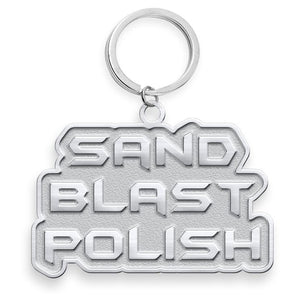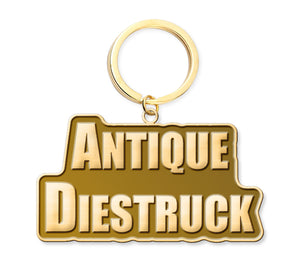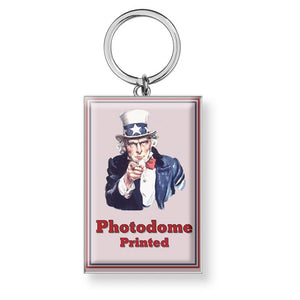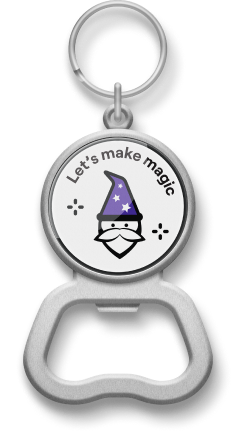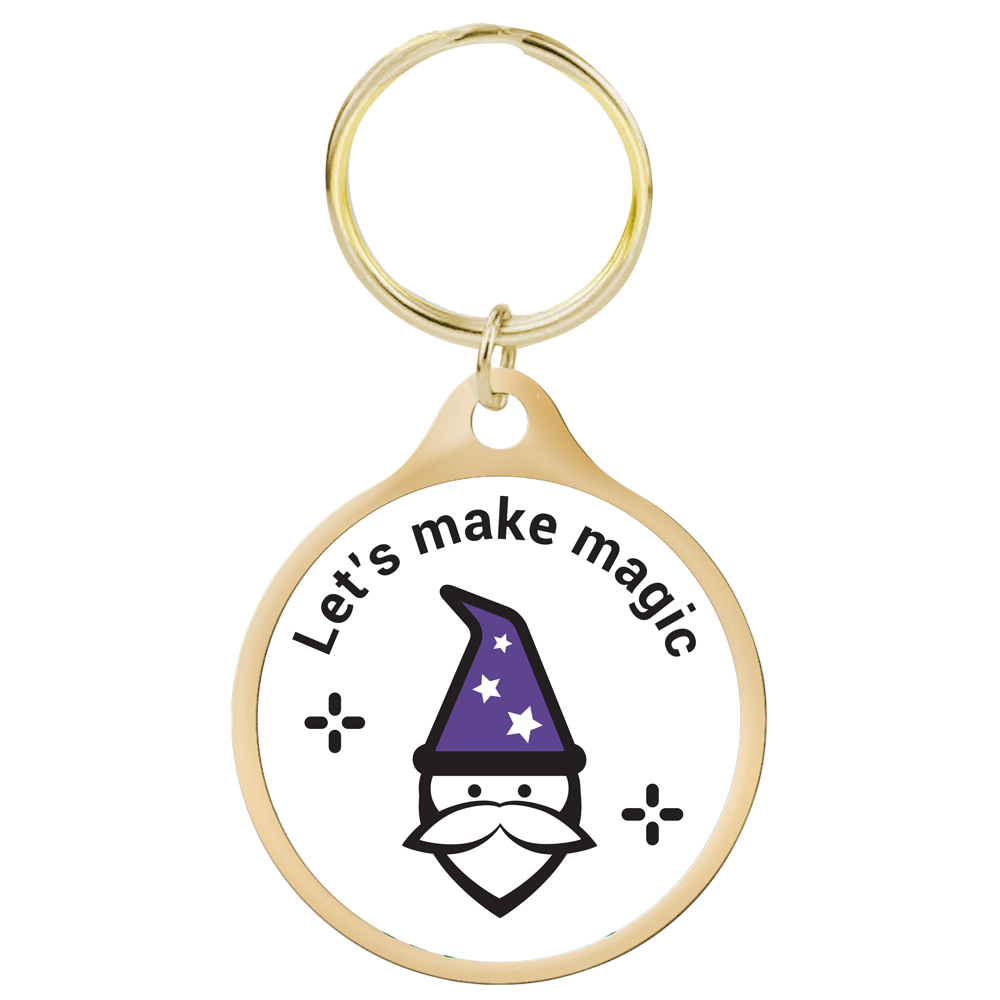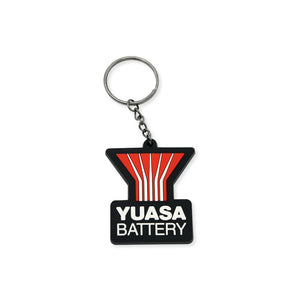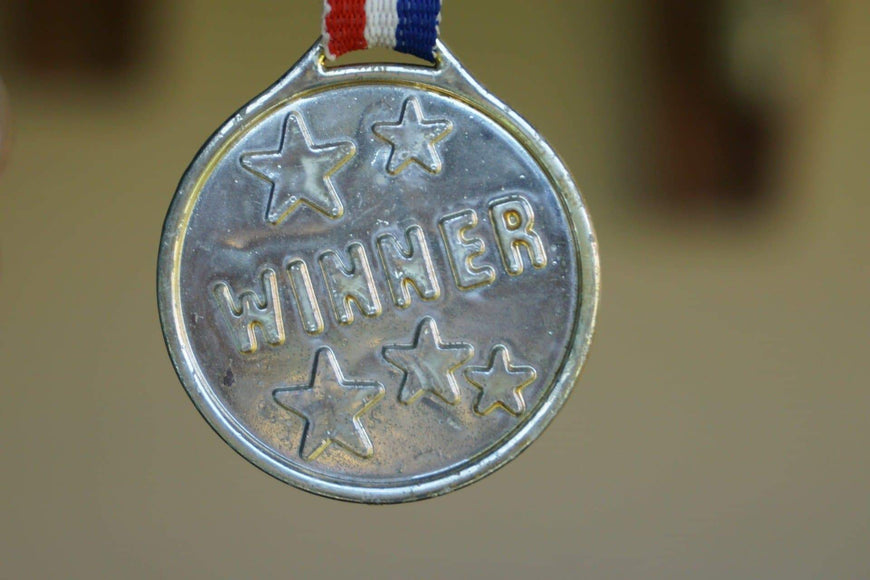If you’re planning to create a challenge coin for your team, you’re in great company.
Challenge coins have been used by some of the greatest military, political, and business leaders in history to acknowledge star performers and encourage team comradery.
Here’s the thing: Challenge coin design matters. Good design is the difference between someone proudly carrying and showing off the coin you’ve presented or tossing it into a desk drawer with the never-used paper clips and busted cell phone.
There’s lots to consider when designing a challenge coin. The good news is, you don’t have to be a graphic artist to create a coin that grabs attention.
Here, we’ve compiled five challenge coin design elements and a handful of resources that’ll help make sure your team’s coins stay out of the junk drawer and on display where they belong.
1. Artwork
Artwork is what comes to mind when most people think design. And for good reason. The art and the words you choose express the purpose and power behind the coin. Here are a few ideas you can use to get thinking about what artwork to use in your challenge coin design.
Use your company or unit logo
Challenge coins don’t have to be complicated. If your team identifies with an existing logo, use it. You can just send an image of your logo to us, and our wizards will convert it into coin form.
On the back, consider adding important dates, location details, or your team’s motto to further personalize the piece.
Check out this example we produced for the Greater Cleveland chapter of the Vietnam Veterans of America.

They cleverly included the outline of Cleveland’s skyline as a way to tie the coin to their location.
Find inspiration from examples
If you don’t have a specific logo and aren’t sure where to start, browse through existing coins to get some ideas.
Start by searching Pinterest. There are pages and pages of results for challenge coins, so you’ll have plenty to look at. You can narrow it down by adding additional terms like “police” or “sports.”
If you want to use more valuable collectors coins as your guide, peruse Collectors Weekly. The featured coins change often and sometimes include amazing pieces that sell for thousands of dollars.
Use the Pantone Color Matching System to perfectly match colors
The Pantone Matching System is a standardized way to reproduce colors. Whether you already have a specific logo color or you see an example you love online, the Pantone Matching System helps us match it exactly.
You can use an app like Eye Dropper to find the Pantone code from anything you see on your computer screen. Or send us the example, and we’ll match it for you.
Get Challenge Coin design help
Don’t have a logo or an arts background but want a killer coin design? No problem.
WizardPins and 99designs have teamed up to connect you with graphic artists who can turn your vague dream into crystal-clear coin reality. It’s like having an on-demand design team develop your coin from scratch, but without all the trouble of actually hiring a design team.
2. Enamel Type
Enamel is the colored material that’s poured into the coin’s metal base. You can use hard, soft, or no enamel at all. Each lends a different aesthetic to the final product.
Soft enamel
In a soft enamel coin, the metal base is only partially filled with enamel. That leaves some raised metal edges that offer texture and become a design feature of the coin.Soft enamel coins are by far the most popular because
- they are less expensive,
- they look great with intricate and simple designs, and
- they allow for the most color options.
Have a look at this coin we made for medical technicians based in the easternmost state in the U.S. (not a typo—parts of Alaska are the northernmost, westernmost, and easternmost land in the United States).

The raised metal edges of the mountain range add a really nice 3D effect to this coin.
Hard enamel
A hard enamel coin has a metal base overfilled with enamel and then polished down. That leaves a smooth surface without the raised metal texture.
Hard enamel coins are more durable than their soft enamel counterparts, but they don’t handle intricate designs as well. Small details can get polished away in the finishing process.
This is a hard enamel coin we produced for the Orange County, Florida, Sheriff’s Office.

The shield, flags, and copy on this coin would feel smooth to the touch. Notice that without raised edges, the design relies more on the enamel color fill.
No enamel
You can also design a coin with no enamel at all. These coins will be monochrome, showing just the color of the metal.
This example is from our archives and shows just how much you can accomplish with a simple concept and a single color.

Coins like this resemble common currency and can have a really nice, classic esthetic.
3. Plating
Plating refers to the metal base of your coin. It forms the outline of your design and separates each individual enamel color.
Plating is a significant, if sometimes overlooked, design element. Make sure you’re choosing a plating color that works with your artwork and enamel color.
Silver and gold are the most popular plating colors. Gold has a higher quality appearance and looks great against red enamel. Silver is a good pairing for cool enamel colors like blue.
If you pick the right plating, you can create a standout challenge coin with just one enamel color. Take this coin produced by WizardPins, for example.

With a creative use of silver plating and a single bold color, this coin tells an important marketing message in a way that’s hard to miss.
4. Shape, size, weight
In challenge coin design, size matters. So does weight and shape. Don’t forget about these important elements while planning your new coin.
Shape
The standard challenge coin is a round disk, just like the change jingling around in your pocket. It’s not the only option, though. Custom shapes can be striking, offering an impressive first impression.
Take a gander at this bad boy we made for an amazing team of soldiers.

You don’t have to see a single word or interior detail of the coin. You know exactly what it’s about just from its intricate outline.
Size
The most popular coin size is 1.75 inches in diameter. There are a few reasons to consider a larger or smaller coin, though.
A larger coin is good if you have a lot of text or intricate details, because they’ll provide more surface area on which to express those elements.
Sometimes you’ll create a whole set of coins, like for different levels of achievement. A smaller coin would work well here so they can be displayed easily. Smaller coins like this set we produced also cost less, so they can save you a bit of coin if you’re budget-conscious.

A set like this one can be used to create a hierarchy of challenge coins. For example, someone could earn the bronze version for hitting a lower goal, then the silver, gold, and platinum versions for subsequently more challenging goals.
Weight/thickness
The weight and thickness are often the last things people think about when designing their coin. But the heft of a coin can alter its overall appeal by quite a lot.
The most common challenge coin thickness is 4 millimeters. A thicker, heavier coin feels more valuable and makes it easier to include inscriptions on the outer edge. But thicker coins also cost more, so they may not work for all budgets.
5. Purpose
The purpose of the challenge coin is part of the design process, maybe even the most important part. When the finished product matches the coin’s intended purpose, you know you’ve nailed the design.
The Romans used military-specific coins to reward loyal soldiers. In the 2,000+ years since, coins have taken on all sorts of purposes, from identification to drinking-game fodder. In order to make smart decisions about challenge coin designs, think about who’s giving the coin, who’s getting it, and why.
When you hand it out like a business card
People tend to toss standard business cards, but they’re more likely to keep a coin like this.
Source
For “business card coins,” you’ll want to make sure they are light enough to carry around and have all your contact details included in the design.
When you use it for on-the-spot recognition
One of the great things about coins is you can carry a few around and reward great performance as you see it happening. U.S. presidents and high-ranking political leaders have done this for decades.

Source
Like business card coins, these should be lightweight and should usually be round. Also, these challenge coins are meant to inspire, so make sure the artwork is bold and the words you include have a lot of meaning.
When you give it as a team or unit memento
It would be difficult to find a military unit that doesn’t have its own challenge coin. Police and fire stations have followed suit more recently. Corporations are jumping onto the trend, too, allowing internal groups to design and distribute coins to their teams.
For starters, this is the perfect time to include your team’s logo, like this coin from our archives does.

Additionally, think about what differentiates your team from your peers. Is it the amount of time you’ve been around, an award you’ve won, or even a mascot? Incorporate those elements into the design.
When you present it to someone who hits a specific goal
When a salesperson exceeds a quota or a division wins an award, a coin can be the physical reminder of that accomplishment.
For these coins, you want to make sure you’re acknowledging a specific achievement. The big, bold #1 and the year on this coin we produced for UPS do just that.

When you create it for a specific event

Source
The main inspiration to take from this coin is how it uses its artwork to tell a story. The starburst incorporates gender symbols— four male and one female— to commemorate the crew. The stylized seven is the shuttle’s robotic arm and notes the mission’s number.
What makes your event special? Use those elements in the design for a particularly memorable challenge coin.
When the coin will be kept on display
The whole purpose of a challenge coin is to give it away, so it’s important to keep in mind how the receiver will use their coin so the design fits that purpose.If the coin will be left in one place and displayed, you can make it larger and more substantial, and in any shape you want.
Have a look at President Trump’s official challenge coin.

Source
It’s thicker and heavier than previous Presidential coins. It also has a base, so it can stand on its own.
When it’s meant to be carried
In contrast, a coin meant to be used in a challenge (read challenge rules here) are almost always round and 1.75 inches in diameter. That makes them small enough to carry, without awkward edges that can get snagged on clothing.Don’t settle for your first design proof
A proof is a digital mock-up of your challenge coin design and the last chance you have to make design changes before your coin is made.Your coin manufacturer should offer unlimited proofs, and you should keep requesting changes until you’re 100% happy. That way, you can be sure that the idea in your imagination is perfectly translated in coin form.
FAQs
What does it mean to be given a challenge coin?
A challenge coin is a small coin or medallion (usually military), bearing an organization's insignia or emblem and carried by the organization's members. Traditionally, they are given to prove membership when challenged and to enhance morale. In addition, they are also collected by service members. In practice, challenge coins are normally presented by unit commanders in recognition of uncommon performance above and beyond the call of duty. They are also exchanged in recognition of visits to an organization.
In addition, they serve as souvenirs or gifts, sometimes including a day's pay. In a military unit, to "coin" someone means to raise money on the spot, from fellow service members, by collecting coins with the unit's insignia. These funds are typically used toward group events or charitable donations.
What is the best challenge coin?
There is no one-size-fits-all answer to this question. Different people will have different opinions on the best challenge coin. However, some coins are known for their quality and ability to bring out the surprise element.
Military Units
It is pretty difficult to get the military unit coin designed since it has got a personal touch to it. There are many US Army challenge coins available but the silver US Army Ranger Challenge Coin with emblem makes one of the best military challenge coins. There are several other good options available but the US Army Ranger Challenge Coin is one of the most sought-after coins for its high quality and design.
Police Department Coins
The Police Department coins are also very popular among coin collectors. The LAPD SWAT Challenge Coin makes a great option to get customized with your text or emblem. It is one of the best challenge coins for sale since it can be easily customized according to your preference.
Token Coins
The Eagle Head Challenge Coin is one of the most popular token coins among coin collectors and military personnel. The design can be analyzed as that of an eagle in flight which makes it different than other designs. Since the design is of the highest quality it makes one of the best challenge coins available.
Famous People Coins
Many famous people have designed their coins and challenge coins for sale. The Johnny Cash Challenge Coin is one of the most popular coin designs made by a famous person. The design shows Johnny Cash in his usual pose. Other than that, there are several other options available such as the Lady Gaga Poker Chip.
